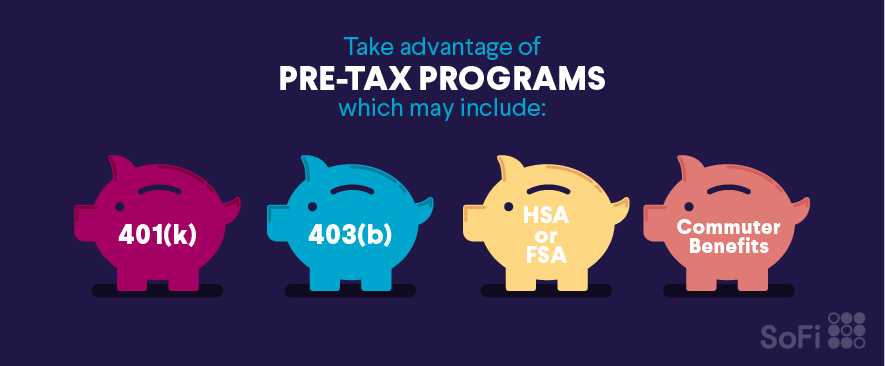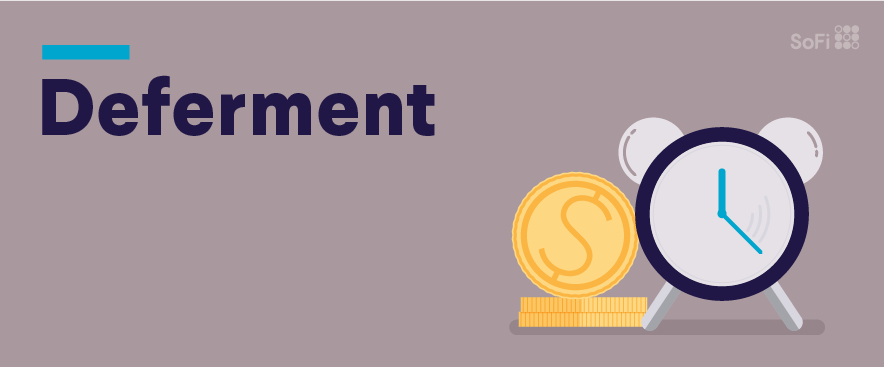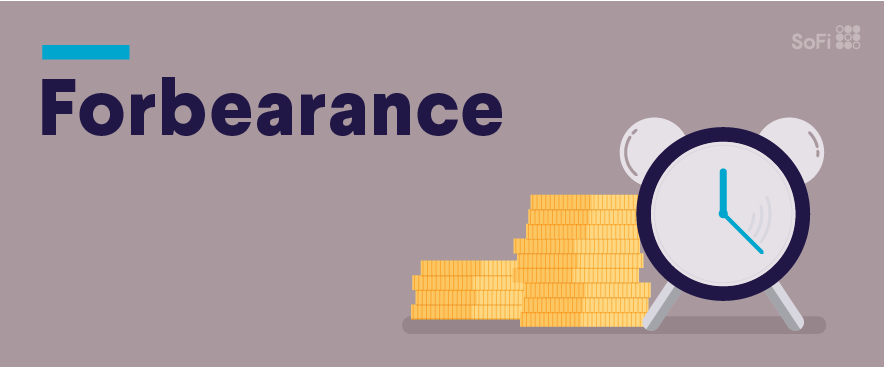The amount of student loan debt in the United States is staggering and only continues to rise. As a result, one of the most desired employee benefits in 2018 is help with that student loan debt. And some employers who want to recruit and retain star talent, in 2018 and in the future, are coming up with creative strategies to do just that.
This trend—employers helping with student debt—is expected to increase, say some industry experts . In this post, we’ll share ways employers are helping employees to pay down student loan debt, with a focus on an August 2018 Internal Revenue Service (IRS) ruling that could provide significant relief.
401(k) Student Loan Benefit Program
Repaying student loan debt can sometimes be challenging—and the amount of student debt in the United States is enormous: at least $1.5 trillion .
Perhaps even more alarming, this amount has nearly tripled over the past 10 years , and so people owing student loan debt are understandably looking for help in repayment.
Fortunately, on August 17, 2018, the IRS made a ruling that could start to provide relief. This ruling came in the form of a private letter , #201833012. The IRS was responding to a specific request from Abbott Laboratories, but implications could be much larger in scope, making it much easier for employers to assist employees who have student loan debt.
Abbott Laboratories, the impetus behind this ruling, asked to be allowed to modify the 401(k) program offered to its employees to include student loan benefits. More specifically, they would still put 401(k) contributions into employee retirement accounts when the employee is repaying student loans, but not contributing to the 401(k) plan.
Student Debt Impact on Retirement Savings
The Center for Retirement Research at Boston College delved into whether or not growing student loan debt has affected how much people with this kind of debt are saving for retirement. Results are mixed, yet still illuminating. Findings include:
• Student loan debt doesn’t seem to have an impact on whether someone actually participates in a 401(k) program
• Asset accumulation remains about the same for non-graduates
• Graduates who have student loan debt accumulate, on average, 50% less in their retirement accounts by the age of 30
The amount of the student loan debt owed doesn’t seem to play a role in this reduced retirement account accumulation. Just the fact that the debt exists, the study authors determined, “looms large in their financial decision-making.”
So, it isn’t unreasonable to conclude that, when people get help with their college debt, such as with this student loan 401(k) perk, it might result in a positive uptick in retirement savings, as well. Win/win!
Abbott Laboratories
As the Society For Human Resource Management reports, Abbott Laboratories, in response to the IRS’ ruling, created their Freedom 2 Save program , which allows qualifying employees (both full-time and part-time) who are putting 2% of their eligible pay toward student loan repayment to receive the “equivalent of the company’s traditional 5% ‘match’ deposited into their 401(k) plans, without any 401(k) contribution of their own.”
Abbott started this initiative because they recognized that they were seeking top quality talent—with degrees in science and engineering, business development and so forth—which means they wanted students who likely were being aggressively recruited by other desirable companies.
To attract and retain them, they pursued the right to offer this unique benefit to them. An estimated 2,500 to 3,000 employees currently at Abbott are expected to take advantage of this benefit.
Student Loan Employer Contributions
According to The New York Times , 4% of employers were offering student loan repayment benefits of some kind in 2018, up from 3% in 2015.
While this percentage is still small, it is expected to grow . According to the article, these more typically consist of employees being given a lump-sum, after-tax payment to help with student loan debt. These payments are sometimes paid monthly; other times, annually.
An article in Forbes shares benefits that companies are offering to help employees pay down this kind of debt in 2018. Fidelity, for example, offers eligible qualified employees up to $2,000 annually towards repayment of their student loans, up to $10,000 overall, through their Step Ahead Student Loan Assistance program.
Because this is paid monthly, if an employee receiving this benefit leaves the company, none of the money needs to be reimbursed to Fidelity. The healthcare company, Aetna, offers a similar program, and Penguin Random House is the first book publisher to offer this type of benefit. They provide $1,200 per year/$9,000 total for full-time employees who’ve been at the company for at least one year.
Refinancing Student Loans at SoFi
Whether you work at a company that offers these types of programs or not, it may make sense to refinance your student loan debt, consolidating outstanding balances into one convenient loan—and at SoFi, qualified borrowers can refinance both federal and private loans at one lower interest rate or a shorter term.
You’ll want to decide if you want a shorter term to pay off the debt more quickly and pay less interest over the life of the loan—or a longer term that may lower your monthly payment and free up your cash flow. Whichever you decide, the choice is available at SoFi, and we charge no fees. None.
Ready to refinance your student loans today? Let’s get started!
The information provided is not meant to provide investment or financial advice. Investment decisions should be based on an individual’s specific financial needs, goals and risk profile. Advisory services offered through SoFi Wealth, LLC. SoFi Securities, LLC, member FINRA / SIPC .
This article provides general background information only and is not intended to serve as legal or tax advice or as a substitute for legal counsel. You should consult your own attorney and/or tax advisor if you have a question requiring legal or tax advice about bankruptcy.
Notice: SoFi refinance loans are private loans and do not have the same repayment options that the federal loan program offers such as Income Based Repayment or Income Contingent Repayment or PAYE. SoFi always recommends that you consult a qualified financial advisor to discuss what is best for your unique situation.
The information and analysis provided through hyperlinks to third party websites, while believed to be accurate, cannot be guaranteed by SoFi. Links are provided for informational purposes and should not be viewed as an endorsement.
SOSL18212
Read more






